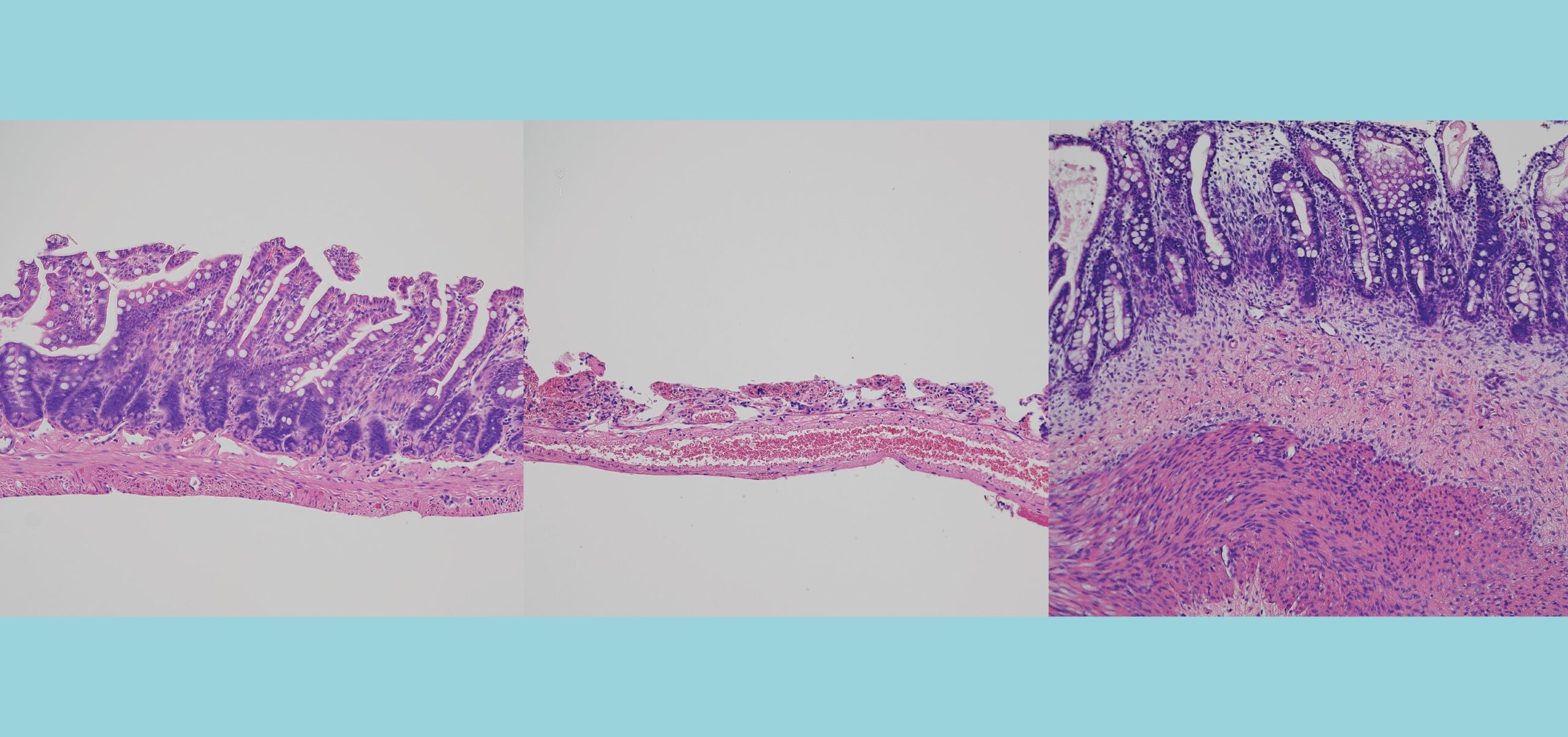A New Chapter in Early-Stage Development: The COG Model
Research By: Ertugrul Ozbudak, PhD | Cassandra McDaniel
Post Date: January 26, 2024 | Publish Date: Jan. 26, 2024

A team of developmental biology experts at Cincinnati Children’s has published a comprehensive review article in Science Advances about somite segmentation that challenges previous thinking about this early stage of skeletal and muscle development.
The paper, led by first author Cassandra McDaniel and corresponding author Ertugrul Ozbudak, PhD, critically explores four decades of work on the early stages of spine development. Further, they describe a new clock-dependent oscillatory gradient (COG) model that emerged from recent investigations by their group into the dynamics of the MAPK signaling and the segmentation clock in zebrafish embryos.
Breakthrough research at Cincinnati Children’s also has demonstrated that in the absence of natural molecular clock, human intervention can rescue somite segmentation. In this way, the COG model challenges existing theories as it was able to re-engineer somite segmentation in a broken system. This raises potential implications for tissue engineering, stem cell research and organoid development.
Learn more about what controls somite segmentation and future directions of the field.
Learn more about the research that led to the development of the COG model.
| Original title: | Spatiotemporal control of pattern formation 1 during somitogenesis |
| Published in: | Science Advances |
| Publish date: | Jan. 26, 2024 |
Research By

Our overriding interest is to achieve a systems-level understanding of embryonic development and pattern formation by integrating quantitative experiments with mathematical modelling.






